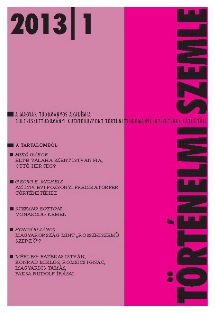Vonakodó kémek. A magyar állambiztonság és Románia, 1975–1989
Reluctant spies. The Hungarian state security and Romania, 1975–1989
Author(s): Stefano BottoniSubject(s): History
Published by: Magyar Tudományos Akadémia Bölcsészettudományi Kutatóközpont Történettudományi Intézet
Summary/Abstract: The paper analyses the Hungarian intelligence’s answer to the deepening of the Romanian- Hungarian bilateral tensions during the 1970s and 1980s. Although Securitate and the Romanian military intelligence had started since 1968 to carry out extensive extended its anti-Hungarian activities in conformity with the nationalist evolution of the Ceaueşcu regime, the Hungarian answer was belated and prudent. Only in 1982 a special order issued by the Hungarian Ministry of Interior listed Romania among the „non friendly socialist states”, such as Yugoslavia and China. Since the last 1970s intelligence information on Romania was gathered into the so called X-300 files, but according to senior Hungarian intelligence officers, until 1989 this information was neither elaborated nor used for operative purposes. Starting from 1983 a “counterintelligence” (defensive) residentura was set up in Bucharest to better cover the situation, while starting from the middle-1980s the Hungarian intelligence stations in the United States and Western Europe also began to systematically collect piece of information regarding the Romanian internal affairs and the deteriorating situation of the Hungarian minority in Transylvania. Valuable insights also came from the “strictly cooperating” countries of the Warsaw Pact, especially from the Polish and the East German counterintelligence services. In June 1989, another order coming from the Hungarian Minister of Interior invalidated the previous one and suggested to upgrade the Romanian Securitate to the level of “theatening enemy”, due to the massive infiltration of undercover Romanian agents among refugee people. Some weeks before the 1989 revolution, fi nally, a small sub-unit of the Hungarian civil intelligence was officially authorized to start working in Romania in order to provide support to the local opposition forces, especially among the ethnic Hungarians.
Journal: Történelmi Szemle
- Issue Year: 2013
- Issue No: 01
- Page Range: 79-117
- Page Count: 39
- Language: Hungarian

